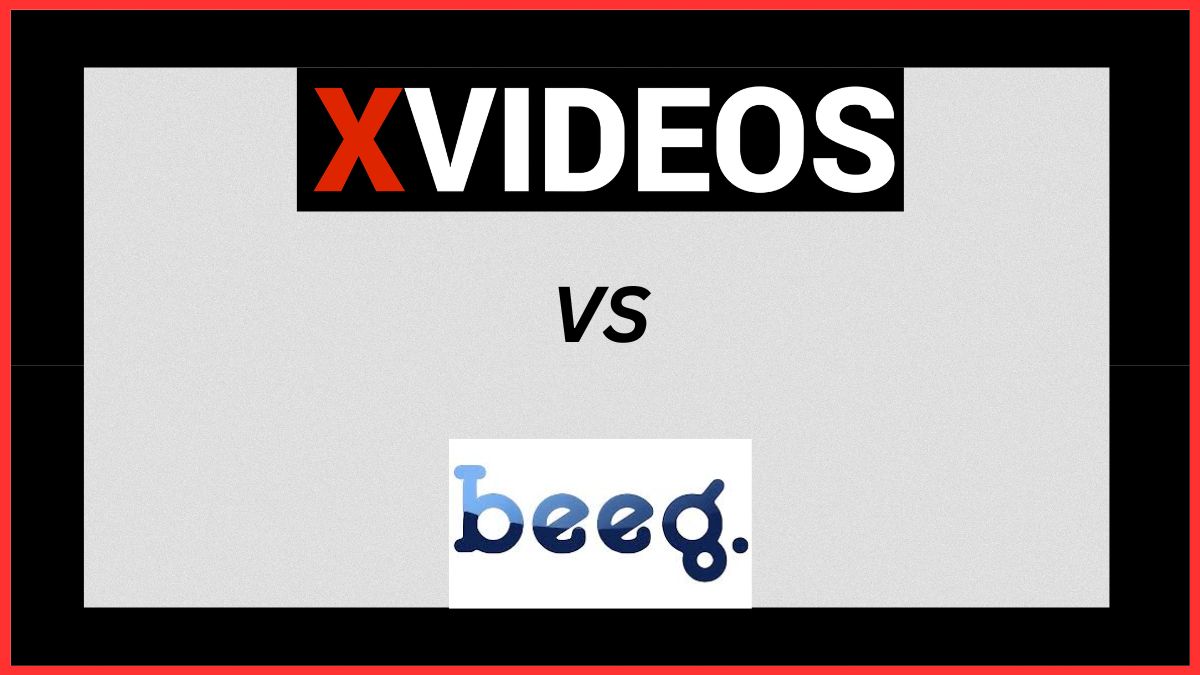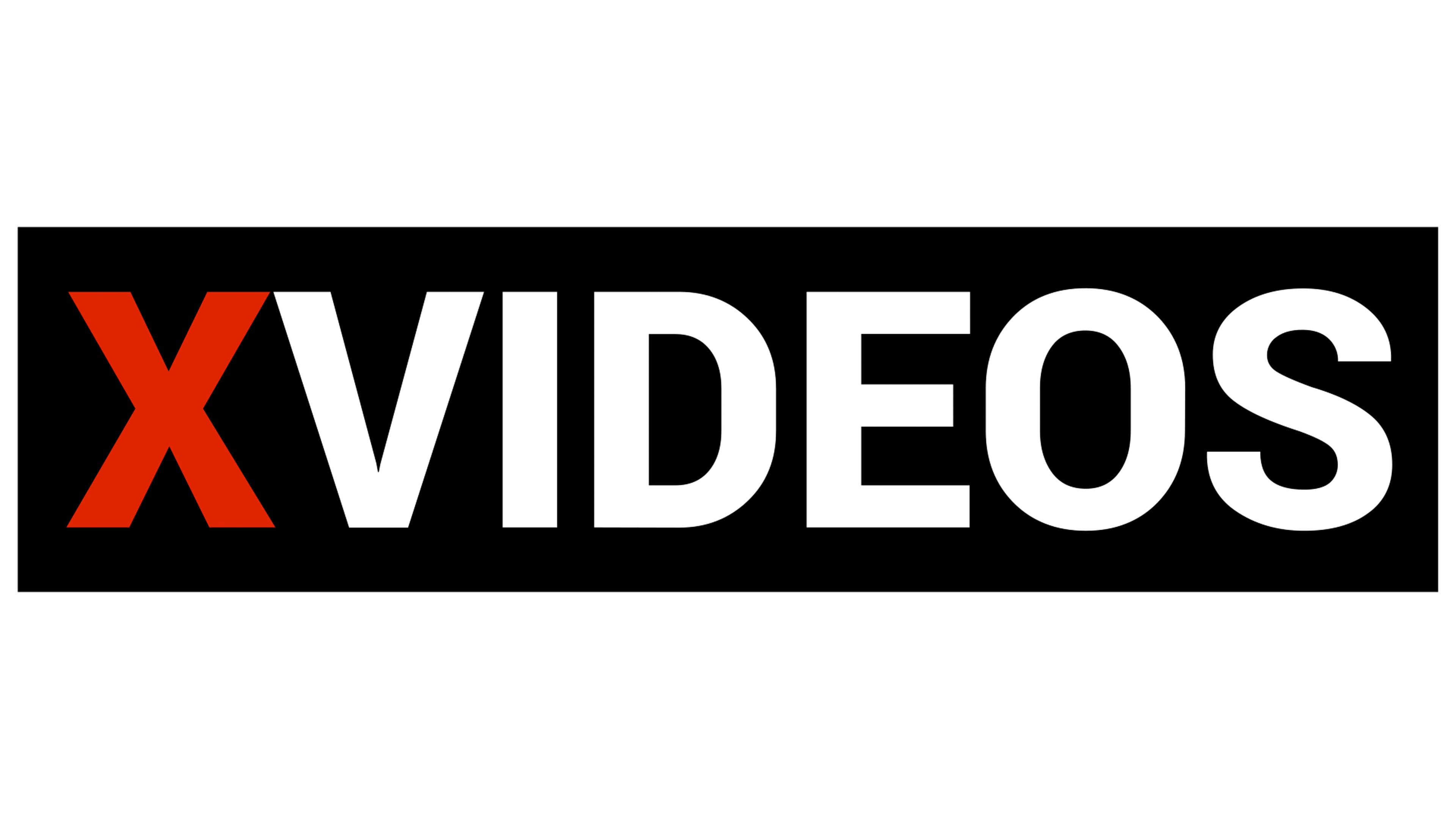
Advertisement
From a 2025 U.S. viewer’s standpoint, Beeg vs XVideos presents two markedly different approaches to access and usability. Beeg continues to brand itself as a minimalist, premium-like free platform, featuring a lightweight site structure that loads rapidly even under mid-range broadband speeds. XVideos, on the other hand, is a more complex and dynamic environment, burdened slightly by heavier assets but offering a more robust filtering system in return.
In terms of geo-restriction, both platforms are largely accessible across the United States, but Beeg has had intermittent ISP throttling issues in certain states based on localized filtering protocols. XVideos rarely faces this, owing to its broader international infrastructure. Desktop usability remains strong for both, but Beeg’s mobile interface is far more streamlined, with a linear scroll and larger thumbnails, while XVideos suffers slightly from crammed content density on smaller screens.
Navigation simplicity and U.S. content indexing
For navigation, Beeg vs XVideos reveals a split: Beeg emphasizes clean, linear flows with minimal distraction, often surfacing trending or recent uploads without excessive filter nesting. However, it lacks deep tag indexing for specific U.S. kinks or fetishes. XVideos excels here, offering granular search modifiers that are more aligned with U.S. viewer habits—such as filters for verified amateurs, long-form scenes, or “Made in USA” tags. For viewers seeking precise gratification paths, XVideos wins in content granularity.
Beeg vs XVideos: Advertising overload and cookie tracking
In the Beeg vs XVideos ad battlefield, XVideos operates with noticeably higher ad saturation. U.S. viewers face autoplaying pop-unders, animated banners, and persistent sidebar ads that compete directly with video players. Beeg, although not ad-free, maintains a lighter ad footprint, favoring static banners and minimal redirection. Neither platform has completely eliminated intrusiveness, but Beeg exhibits a lower content-to-interruption ratio, improving user experience.
On the cookie side, XVideos engages in deeper tracking behavior, deploying more third-party scripts and behavior-based ad targeting. Its GDPR-style prompts feel tokenistic, especially in the U.S. context where federal privacy regulations remain patchy. Beeg also tracks, but with fewer partners and lighter fingerprinting methods, though it lacks a robust consent framework.
Cookie behaviour and privacy risks for U.S. viewers
From a privacy-first U.S. viewer’s lens, Beeg vs XVideos pits mild opacity against outright overreach. XVideos consistently drops multiple tracking cookies per session, including identifiers tied to ad networks. Its opt-out features are buried and ineffective. Beeg, while less aggressive, still doesn’t offer U.S.-specific data controls. Neither meets California Consumer Privacy Act (CCPA) standards in spirit, but Beeg arguably incurs lower personal data risk by default.
Beeg vs XVideos: Subscription models and monetisation systems
Unlike traditional streaming competitors, neither Beeg nor XVideos offers a mainstream monthly subscription tailored for U.S. audiences in 2025. However, XVideos features a token-based tipping and uploader support ecosystem embedded within its XVideos Red vertical—allowing partial monetisation. Beeg lacks such monetisation avenues but promotes content cleanly without aggressive paywalls.
In USD terms, XVideos Red hovers around $9.99/month when accessible, though its presence and functionality vary by region. Beeg does not advertise any premium tier, functioning purely as a free-streaming site, a model that suits the ad-fatigued U.S. demographic.
Which site gives better value without a subscription?
Evaluating Beeg vs XVideos through the lens of free value, Beeg takes a narrow lead for U.S. users. Its clean delivery of HD videos without gating or “premium-only” scenes contrasts with XVideos’ growing dependence on tiered access to longer or exclusive uploads. However, XVideos allows some creators to offer free previews of Red content, maintaining partial parity. Still, for uninterrupted, cost-free HD access, Beeg is slightly more advantageous.
Beeg vs XVideos: Content variety and niche depth
In content ecosystem analysis, Beeg vs XVideos reveals a contrast in scale and curation. XVideos houses millions of videos across a massive long-tail spectrum—including cam replays, niche fetishes, cosplay, and extreme durations. Beeg focuses on quality-centric, pre-curated uploads, often emphasizing cinematic porn and couple-centric content. The latter approach appeals to a specific type of U.S. viewer—one who prioritizes production polish over raw quantity.
From a U.S. audience trend standpoint, XVideos aligns more effectively with evolving niche interest spikes such as “OnlyFans-style amateur,” “POV,” and “hotwife” categories—often topping search charts in states like Texas and California. Beeg’s slower turnover rate means it’s better suited for evergreen rather than trending content.
Which platform dominates niche and inclusive categories in the U.S.?
In the Beeg vs XVideos niche and inclusivity matchup, XVideos outperforms with broader LGBTQ+, trans, and ethnic-tagged content catalogs. Many uploads originate from verified creators identifying as part of these communities. Beeg, while more polished, lacks depth in these categories. For Black, Latino, or queer content—a growing demand segment in U.S. consumption—XVideos holds a clear upper hand.
Beeg vs XVideos: Support for content creators and uploader ecosystem
From the content creator’s viewpoint, Beeg vs XVideos offers diverging incentives. XVideos supports direct monetisation via tips, subscription funnels, and analytics—available to U.S.-based verified users. It features creator pages, fan-following mechanisms, and analytics dashboards. Beeg does not provide revenue paths or visible engagement tools for creators. Its model seems built around anonymous curation rather than a social economy.
This means U.S.-based adult performers seeking recurring income and branding benefit far more from XVideos’ infrastructure. It offers not just visibility but also monetisable audience retention—critical for career sustainability in a platform economy.
Which site better protects content from piracy and duplicates?
Piracy control in Beeg vs XVideos is uneven. XVideos has implemented more visible DMCA mechanisms and allows verified uploaders to report impersonation or stolen clips. It also watermarks many Red videos to trace origins. Beeg, in contrast, doesn’t offer any visible takedown pipeline or uploader control panel, and recycled uploads without attribution remain an issue. In terms of protecting creative IP, XVideos leads.

Beeg vs XVideos: SEO keywords, indexing and discoverability
From an SEO perspective, Beeg vs XVideos demonstrates a clear difference in digital footprint. XVideos dominates Google’s organic search results, often outranking competitors for high-intent U.S. keywords like “stepmom HD,” “Latina amateur POV,” or “real couple sex.” Its internal tagging architecture and clean, crawlable URLs give it superior discoverability.
Beeg’s minimalist structure, while elegant, sacrifices indexability. Its titles are often non-optimized and it lacks dynamic sitemaps for frequent crawling. In Google Trends comparisons, XVideos vastly outpaces Beeg in search interest across all 50 U.S. states.
Tagging system and search intent alignment
XVideos again leads here, aligning search metadata with real-time U.S. keyword trends. Beeg uses more generic tags and lacks advanced intent targeting (e.g., misspellings, slang terms). For a U.S. user typing long-tail phrases or trending porn terms, XVideos delivers more accurate results per search attempt.
Beeg vs XVideos: Popularity among U.S. viewers and Google Trends
By traffic volume and brand awareness, Beeg vs XVideos is not a close contest. According to SimilarWeb data from Q1 2025, XVideos ranks consistently among the top 10 adult sites in the U.S., with estimated monthly visits exceeding 2 billion globally—over 25% coming from American IPs. Beeg, by comparison, remains under the 100 million mark, with a disproportionately lower U.S. share.
Google Trends shows XVideos trending strongly in East Coast states and midwestern regions, while Beeg appears occasionally in West Coast searches, possibly due to its cinematic appeal.
Viewer loyalty and user retention in the U.S.
In Beeg vs XVideos, retention metrics favor XVideos. Bookmarking behavior, returning session durations, and frequency of creator page revisits indicate stickiness. Beeg performs weaker in retention, as it lacks personalization mechanisms or user accounts, leading to more one-off views. U.S. viewers tend to revisit XVideos for serialized uploads and familiar creator content.
Beeg vs XVideos: Which platform is safer and more ethical for long-term U.S. usage?
Security-wise, Beeg vs XVideos both come with risks. XVideos occasionally triggers warnings from ad-blocking and anti-malware extensions due to third-party scripts and redirect links. Beeg’s lighter ad infrastructure reduces those triggers, but neither platform undergoes third-party safety audits publicly.
In terms of ethical standards and compliance with U.S. law—especially age verification protocols—XVideos has taken more proactive steps, publishing clearer terms and verification statements. Beeg remains opaque on uploader policies and compliance structures.
Legal transparency and trustworthiness among U.S. audiences
XVideos maintains clearer DMCA documentation, uploader requirements, and age-verification policies—visible in its footer and legal section. Beeg does not. For a U.S. viewer seeking legally compliant, ethically maintained content, XVideos appears more robust.
Beeg vs XVideos: Suggestions for improving the adult content experience in the U.S.
Both platforms have untapped opportunities. Beeg could benefit from implementing account-based recommendations or trending regional playlists, while XVideos could reduce its overbearing ad experience, particularly for non-premium users.
Neither has effectively addressed U.S. accessibility compliance, such as screen-reader compatibility, subtitles, or audio descriptions for visually impaired users—an area ripe for innovation.
Ideas to personalise content for a better U.S. experience
Recommendation engines are lacking on both. Beeg offers none. XVideos does suggest trending creators or related categories but falls short of true machine-learned personalization. Integrating AI-driven preferences based on location, history, and time-of-day behavior could significantly enhance stickiness, especially for U.S. users seeking recurring gratification cycles.

Final verdict: Which one truly understands U.S. user intent in 2025?
In the Beeg vs XVideos showdown, XVideos wins on content scale, personalization potential, and monetisation infrastructure—key priorities for modern U.S. viewers. Beeg offers a more elegant, distraction-free environment but lags in creator support, discoverability, and inclusivity. For U.S. users who prioritize range and depth, XVideos remains the more complete ecosystem. But for low-friction, ad-light browsing, Beeg remains an underrated contender.
Verdict: XVideos dominates in ecosystem complexity and creator integration, but Beeg earns merit for minimalism and lower friction.
(Business Upturn does not promote or advertise the respective company/entity through this article nor does Business Upturn guarantee the accuracy of information in this article)
